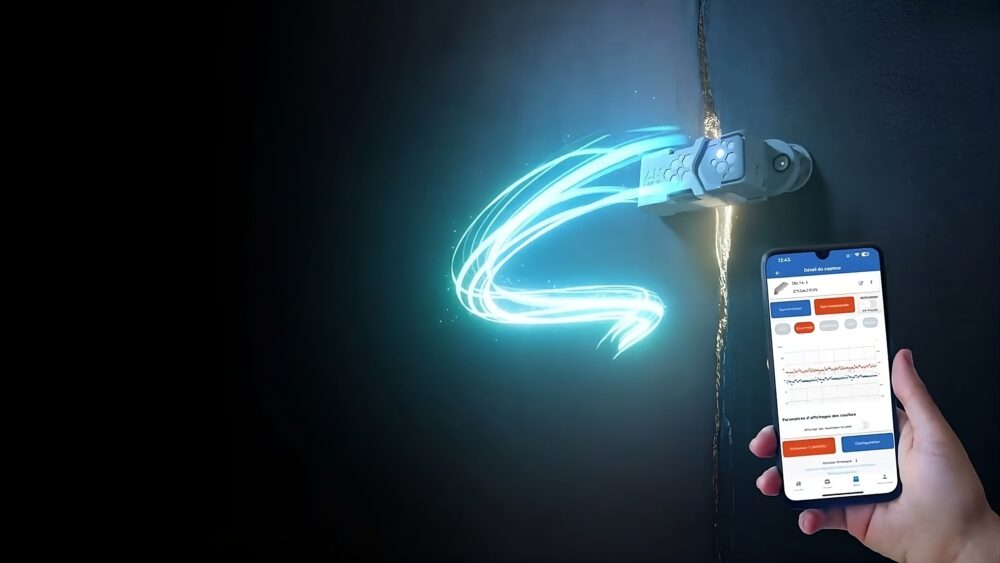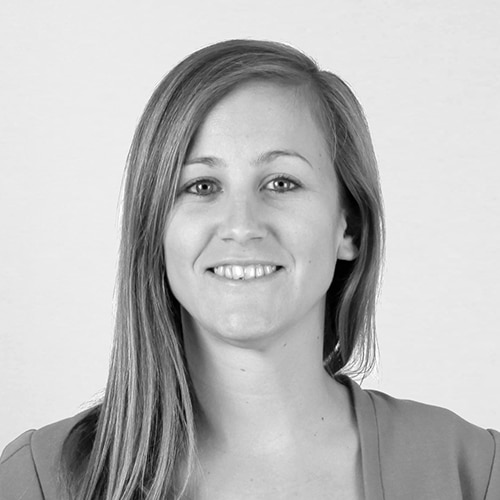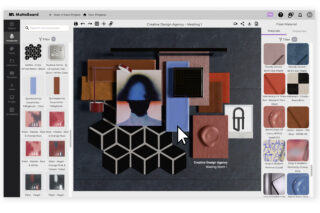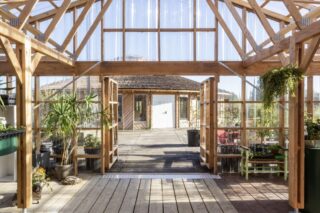Feelbat, a connected solution for monitoring structures, won the bronze medal in the “Impact Real Estate” category at the Nuit de l’Immo event organized by Républik Immo on June 30. The company launched its DELTA L+ Mini, the smallest connected crack sensor in the world, in January 2025. Here’s how to monitor cracks and avoid collapse.
On November 5, 2018, tragedy struck the heart of Marseille. Without warning, two buildings at 63 and 65 rue d’Aubagne collapsed into rubble, killing eight people in their own homes. For years, residents had reported alarming signs—gaping wall fissures, buckled floors, water infiltration, and persistent mold. Yet the warnings were left unanswered, part of a long chain of official neglect. Investigations later revealed that these buildings had been under threat since at least 2005. The collapse, though shocking, was no accident. It was the inevitable outcome of silence, bureaucracy, and structural decay.
Today, the scars of rue d’Aubagne run deep. More than 100,000 Marseillais still live in unsafe or substandard housing. Nearly 1,300 buildings have been officially flagged as hazardous, requiring urgent security interventions. The city now wrestles with a hidden crisis: a built environment that is quietly failing, room by room, wall by wall.
Out of this crisis came a spark of innovation. In 2020, born directly from the urgency of rue d’Aubagne, Feelbat was founded in Marseille with a mission to make structural surveillance accessible to all. Blending data science, real-time monitoring, and user-friendly hardware, Feelbat developed a system that can detect the earliest signs of instability—humidity shifts, crack formation, and environmental stress—long before collapse becomes a risk.
Their flagship device, the DELTA L+ Mini, is the smallest connected crack sensor in the world. Installed in seconds, waterproof, and precise to a hundredth of a millimeter, it offers building owners and tenants a shared tool for vigilance and prevention. No longer must warnings go unheard.
Marseille’s tragedy has become a rallying cry for innovation, and Feelbat is leading the way toward a future where buildings are not just inhabited, but truly cared for. But how do we convince building owners who aren’t excited about spending money to renovate or maintain their investment to step up to the plate?
While architecture professionals hold the key, insurance companies have a vested interest in playing their part.
The video is in French, but you can add subtitles in the language of your choice.
When Moisture Weakens Our Walls: Understanding Cracks
While a crack in a wall may seem insignificant, it is often a symptom of a deeper problem. In France, as elsewhere, moisture is one of the most destructive factors for a building’s structure. When water seeps into walls or foundations, materials such as plaster, concrete, or brick expand, contract, and then weaken.
According to the US Environmental Protection Agency (EPA), “changes in temperature and humidity cause movements in materials that can lead to visible cracks.” These micro-movements, invisible to the naked eye at first, accumulate and weaken the entire structure.
In France, periods of drought followed by heavy rainfall exacerbate this phenomenon, especially in dense, old urban areas such as Marseille.
“Not all cracks are dangerous […] some cracks don’t move,” Marie Legrand stated. “They just cracked because of the expansion of the material […]. It’s really a matter of knowing whether the crack is active or not.”
There’s a crucial distinction between static and active cracks. By monitoring movement over time, unnecessary interventions can be avoided while identifying truly dangerous evolutions.
Sharing Responsibility—Who Monitors?
The ANIL (Agence Nationale pour l’Information sur le Logement, or National Agency for Housing Information) warns that structural cracks caused by ground movement or humidity can become dangerous if left unchecked.
But who is really monitoring? While legal provisions exist for imminent danger, their activation often depends on occupants reporting the issue—which is often too late or ignored. Globally, few cities have continuous, automated, and accessible monitoring systems for structures. In France, responsibility lies mainly with property owners. However, according to a study by the Abbé Pierre Foundation, nearly 21% of private homes show signs of excessive dampness.
The solution lies in a shared approach: making owners accountable while providing tenants with tools to report and monitor risks. Technologies such as Feelbat’s make it possible to objectively assess problems: a 0.2 mm crack today could become a hazard tomorrow—provided it is seen, measured, and addressed together.
In a real-life case in Bordeaux, a small residential building (R+1) collapsed due to a lack of maintenance. The owner initially refused to install sensors despite visible signs of deterioration.
“If I had installed a sensor, perhaps we could have made repairs that would have cost much less than a collapse,” an expert Feelbat representative stated.
After the collapse, Feelbat’s sensors were deployed on the remaining adjacent façades to monitor structural movement and stabilize the site. This hindsight reflection underlines the avoidable cost—human, financial, and architectural—when early warning signs go unmonitored..
It also has long-term cost savings from proactive monitoring, especially in neglected housing where deterioration often goes untracked.
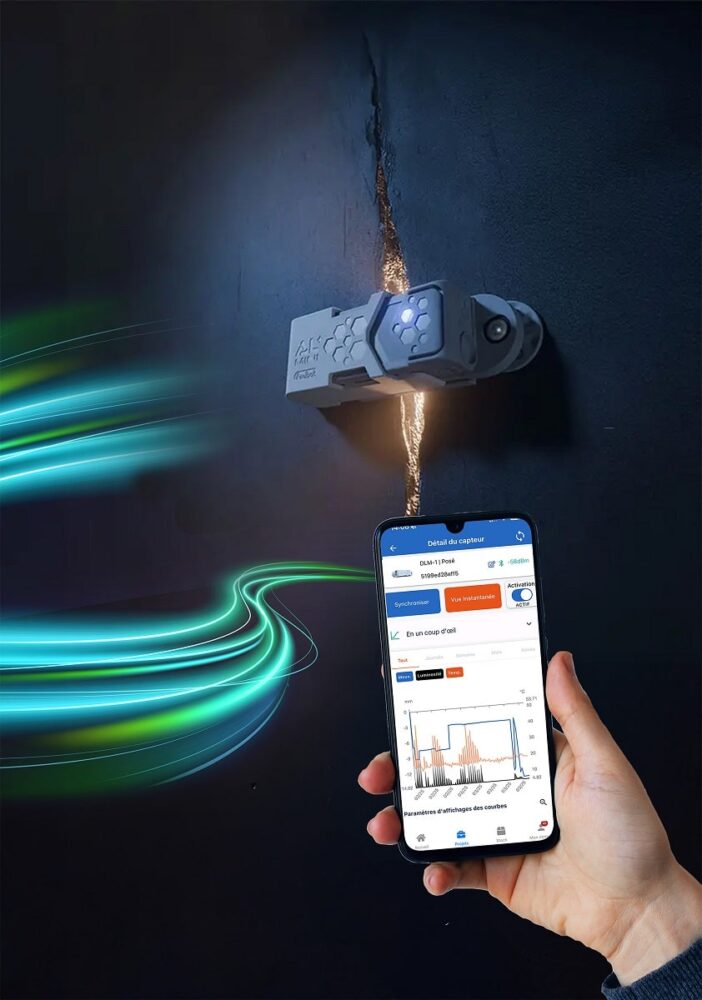
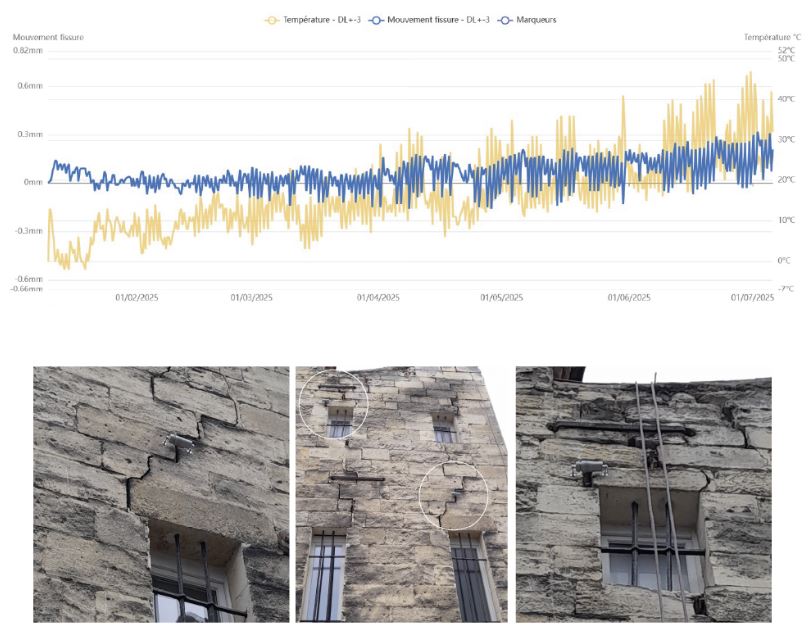
Feelbat’s Smallest Sensor Is Changing Structural Surveillance
Released in January 2025, the DELTA L+ Mini is Feelbat’s most advanced and compact innovation to date—marking the company’s tenth sensor since its founding. At just a few centimeters wide, this device is currently the smallest connected crack sensor in the world, yet its impact is anything but small. Capable of detecting movements as fine as 0.01 mm, it provides continuous, real-time data transmission via a low-energy network. The installation process is remarkably simple—a patented adhesive system allows the sensor to be affixed in just 3 seconds, making it accessible to professionals and non-specialists alike.
At a retail cost of €350, the DELTA L+ Mini is designed to democratize access to building monitoring tools. It works in tandem with a user-friendly mobile app and web platform, where building owners, project managers, and technical consultants can visualize crack evolution, receive alerts, and export reports.
We observed a live demonstration of identifying the right place to fix the sensor in a residential lodging in Marseille. The Feelbat team selected a vertical crack, parallel to the apartment entrance door, in the corridor.
However, a key insight from our discussion with Feelbat’s expert reps is the importance of long-term monitoring.
“A full year of data is ideal to detect patterns across seasonal changes, such as temperature and humidity fluctuations that affect material expansion and contraction.”
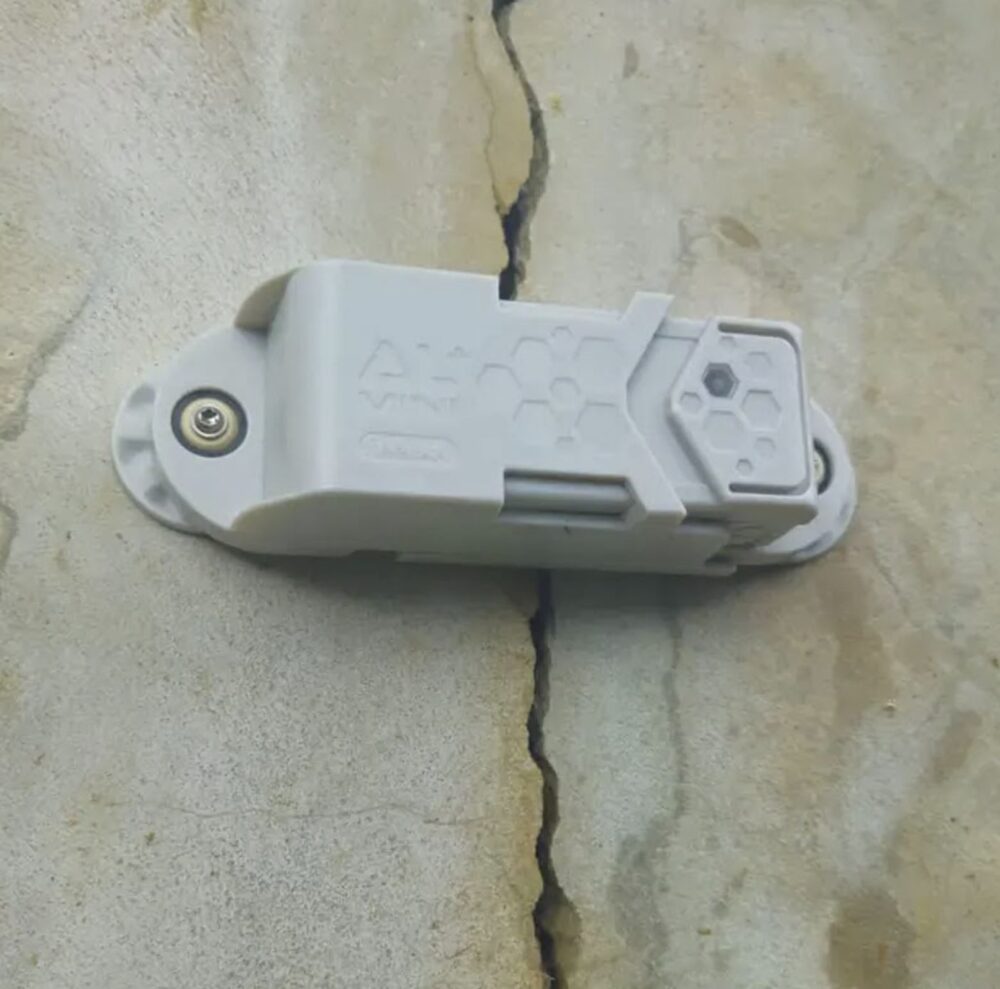
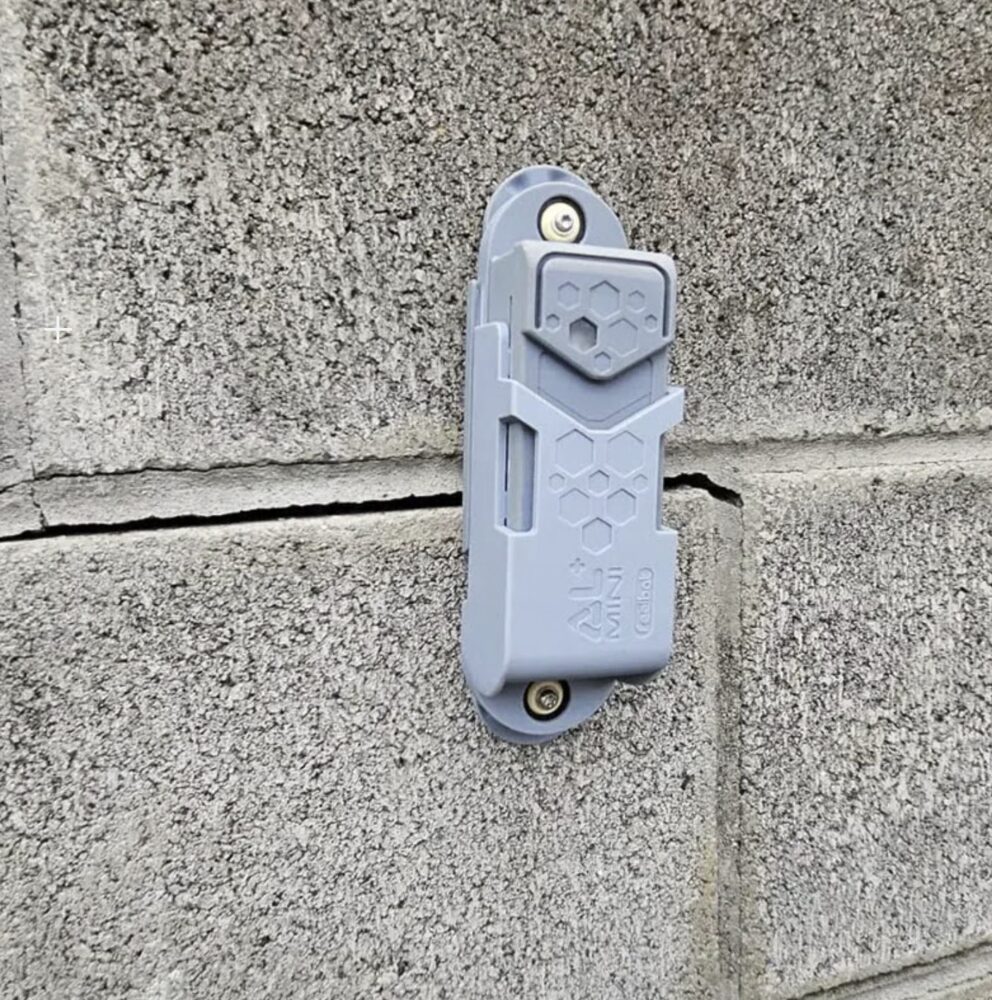
While the DELTA L+ Mini does not yet measure internal humidity levels directly, this is a priority for Feelbat’s R&D roadmap. In the meantime, professionals in architecture and construction are increasingly incorporating Feelbat devices into their rehabilitation projects, particularly when adjacent buildings are at risk. Early deployment—before, during, and after works—ensures data continuity and risk mitigation. Some even serve as prescribers, recommending the devices to clients as part of long-term building management strategies.
Toward Widespread Adoption: A Sensor for Every Structure
Humidity is a slow, silent force—but its consequences are swift and devastating. From hairline cracks to full collapses, unchecked moisture leads to mold, material fatigue, and eventual structural failure. The tragedy of rue d’Aubagne in Marseille is not an isolated event; it’s a warning. Thousands of buildings across France, especially in low-income zones, face similar risks—yet too few are being monitored in time.
Feelbat’s DELTA L+ Mini offers a practical, affordable solution for long-term structural monitoring. But to truly reach the everyday renter or resident in high-risk areas, more stakeholders must join the mission—notably insurance companies. These companies have a vested interest in minimizing claims from building collapses and evacuations. By partnering with Feelbat to distribute sensors proactively in buildings already flagged as dangerous, insurers could move from reactive compensation to preventive protection.
In such partnerships, buildings identified by local authorities or housing agencies as structurally vulnerable could receive sensors as part of risk mitigation strategies—funded or subsidized by insurers, monitored by building experts, and supported by city services. This could radically shift the economics of building safety in favor of action.
Architects, engineers, and project managers are already incorporating Feelbat into rehabilitation workflows, but in under-resourced areas, prescriptive usage must become policy, not preference.
By uniting technological innovation with civic will and institutional support, Feelbat’s mission—to make structural surveillance accessible to all—becomes more than feasible. It becomes essential.
